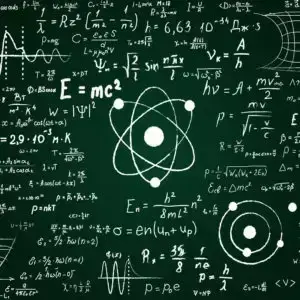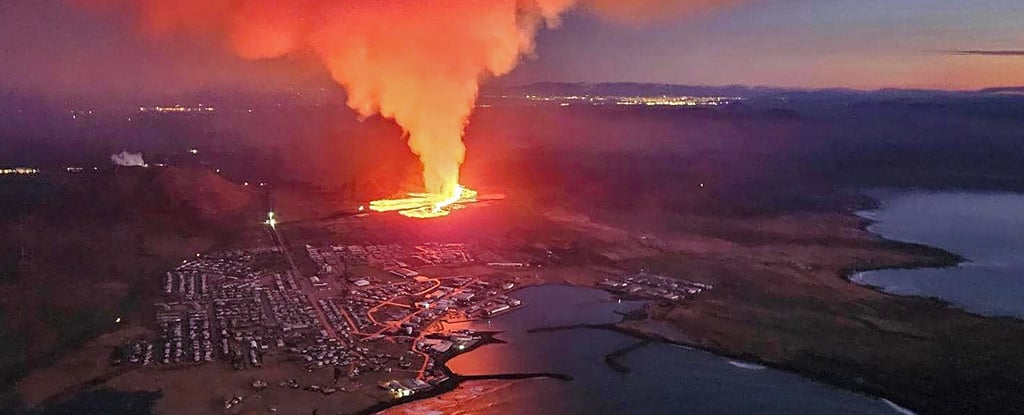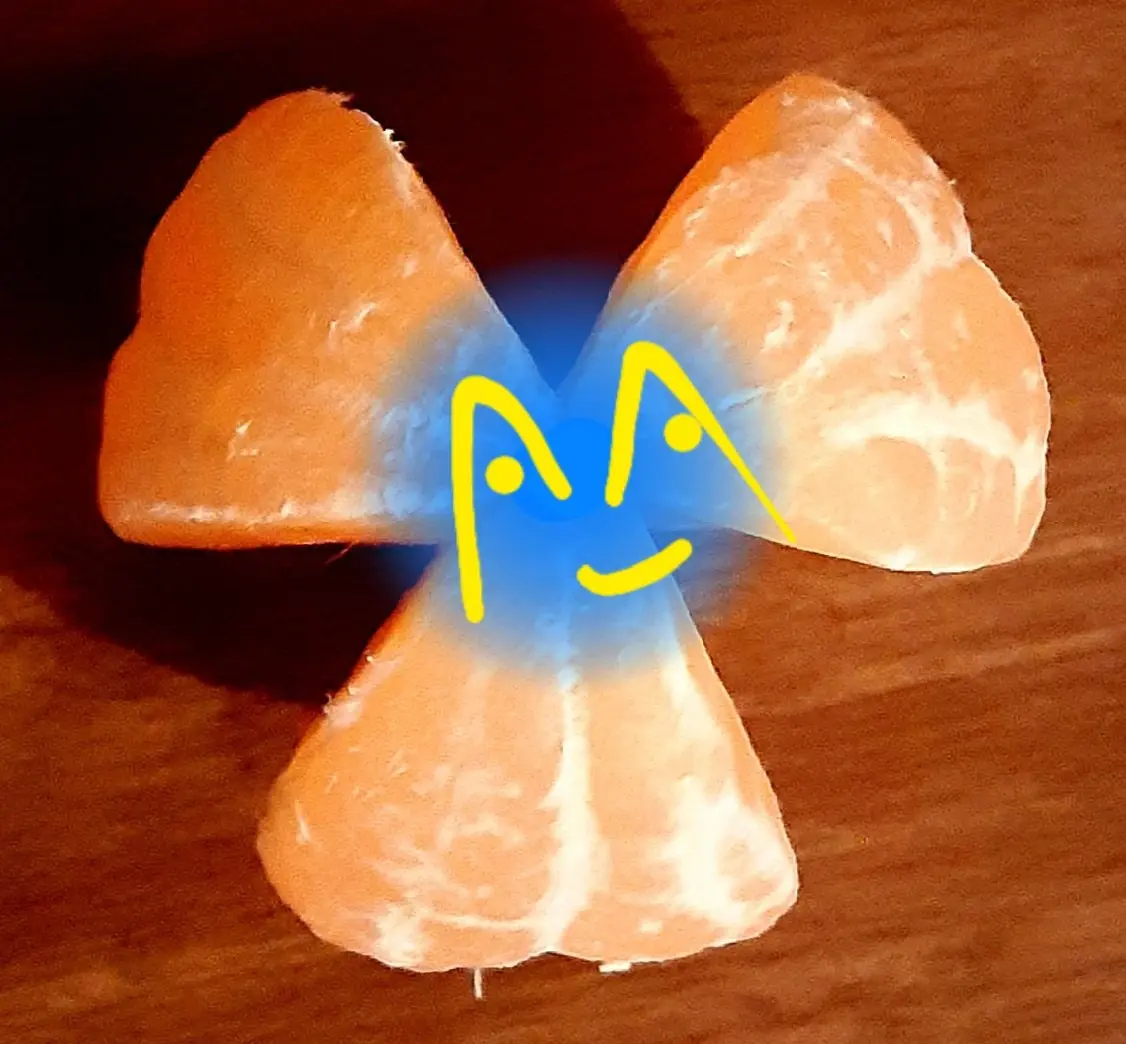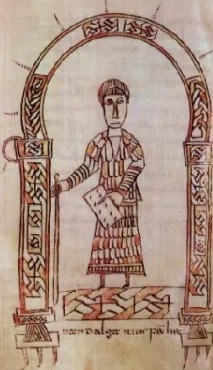- cross-posted to:
- earthscience@mander.xyz
- cross-posted to:
- earthscience@mander.xyz
A volcanic eruption that has engulfed homes in an Icelandic fishing port confirms that a long-dormant faultline running under the country has woken up, threatening to belch out lava with little warning for years to come, an expert warned on Tuesday.
Glowing lava swallowed several homes on Sunday at the edge of the town of Grindavik, southwest of the capital Reykjavik.
The fishing town was mostly evacuated due to threat of an eruption last month and the most recent volcanic activity has since eased, authorities in the North Atlantic nation said on Monday.
The island straddles the Mid-Atlantic Ridge, a crack in the ocean floor separating the Eurasian and North American tectonic plates.
Sunday’s eruption was the fifth in fewer than three years on the Reykjanes peninsula, which had not previously seen one in centuries.
“After eight centuries of a relative break and a complete cessation of surface activity, we have entered a new episode of plate separation which could last several years – possibly decades,” volcanologist Patrick Allard from France’s Institut de Physique du Globe de Paris told AFP.
Not expected to stop global warming, unfortunately. …and not expected to cause massive air traffic change like in 2010.
Global warming can actually increase volcanic activity by reducing pressure on the crust as ice melts. Increased volcanism can accelerate global warming compounding the issue.
Darn, okay. So, I’ll just have to hope for another type of volcano eruption to help mitigate climate change.
What happens after the dust settles? I imagine we’d just be right were we started but worse off (conjecture)
It depends on the volcano. Greenhouse gases are released during most eruptions but larger volcanoes propel sulfate aerosols well into the stratosphere where they act a bit like planetary body glitter. This can reflect a significant amount of solar energy for years, resulting in a net cooling effect, mass extinctions, etc etc. https://en.m.wikipedia.org/wiki/Volcanic_winter
Yeah, pyroclastic ones. I know I heard some scientists and plebians advocate for releasing sulfur dioxide for the purpose of reflecting solar radiation, thereby lowering the temperature.
It’s the most band-aid of solutions, suppress the symptoms… Plant growth might stagger because less light comes through. To tie it together, that’s my question about how we would fare afterwards. I imagine worse off
Was gonna say, probably all the ice melting and the ground moving that’s creating all the activity.
Yeah, the strait of Gibraltar probably formed due to lowering land massess after the ice of the ice age has melted. Causing the Zanclean flood, filling the meditarrean sea again after the messinian salinity crysis.
I though land masses float upward after the weight of the glaciers is gone.
Same thing like if you squeeze a ballon.
So some parts go up and some go down? Makes sense :)
It’s not that simple. The aerosols ejected into the stratosphere definitely have a cooling effect. Then again a cooling event like the year without summer would pose major challenges for humanity. And the Tambora eruption was of small magnitude in comparison to much earlier events. In any case, there’s nothing we can do about it…
On other platforms, reading this news, people were talking about how this could solve global warming. If anyone really thinks that blowing up volcanoes is the solution to global warming, and if we come to it then we have already lost and just buying time.
Blowing up volcanoes is such a metal way to solve a problem
In what way could volcanic eruptions reverse CO2 concentrations
https://en.m.wikipedia.org/wiki/Volcanic_winter
Sulphur in the air increasing the amount of sunlight that’s reflected by the earth.
Thats just doubling up problems tho, right? Reducing light doesnt fix CO2, or work towards repairing weather patterns, it just makes our summers colder and our plants grow slower
okay who poked Surtr





